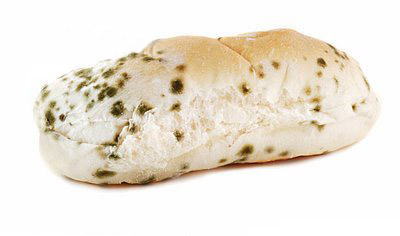I think its possible, but doesn't really fit in well with the the way the body excretes most oxalate. Apparently oxalate dumping occurs mostly through the gut, and so increased urinary excretion is supposedly meant to be reflective of increased load/synthesis.When I read things like increases excretion of oxalate I'm thinking that simply means the body is able to remove more through sweat and urine. This could ultimately be a good thing. However, I'm guessing the assumption is that more excretion raises the probability of kidney stones for those that are susceptible.
Is this a correct assumption? Sorry haven't read the papers above yet.
A similar thing occurs with glycine and hydroxyproline. The research shows that giving a dose of glycine or hydroxyproline to animals predisposed toward higher endogenous synthesis of oxalate increases oxalate excretion through kidney. This is inline with the physiology, where B6 or thiamine deficiency routes glycine/hydrodoxyproline toward oxalate.
This is why people who are oxalate toxic might/can and do experience increases in pain from glycine supplements or excessive bone broth consumption.




 . But I think I will also order magnesium from them. I stopped taking lugols some weeks ago due to stomach problems (but now I think that was causes by to much coffee on empty stomach, especially in the morning)
. But I think I will also order magnesium from them. I stopped taking lugols some weeks ago due to stomach problems (but now I think that was causes by to much coffee on empty stomach, especially in the morning)